I had been wondering why my home espresso machine pucks would sometimes turn out dry and sometimes turn out looking like mud. After several YouTube videos later, I’m now convinced that my grounds lack equal distribution prior to tamping, as my current process involves scooping in a dome of grounds and pressing it down. This causes a dense part in the middle (top of the dome), and loose grounds around the edge. The YouTube experts recommend distribution, either by practiced hand methods, or by using a tool, of which there are several to choose from. I liked the “Weiss Distribution Method” or “wire-stir” method, as it seemed straightforward and didn’t require a $30 precision made tool. I found several on Amazon, but I’m feeling equally lazy as I am impatient, so rather than spend $10 and wait two days, I’m going to make my own with items I already have.
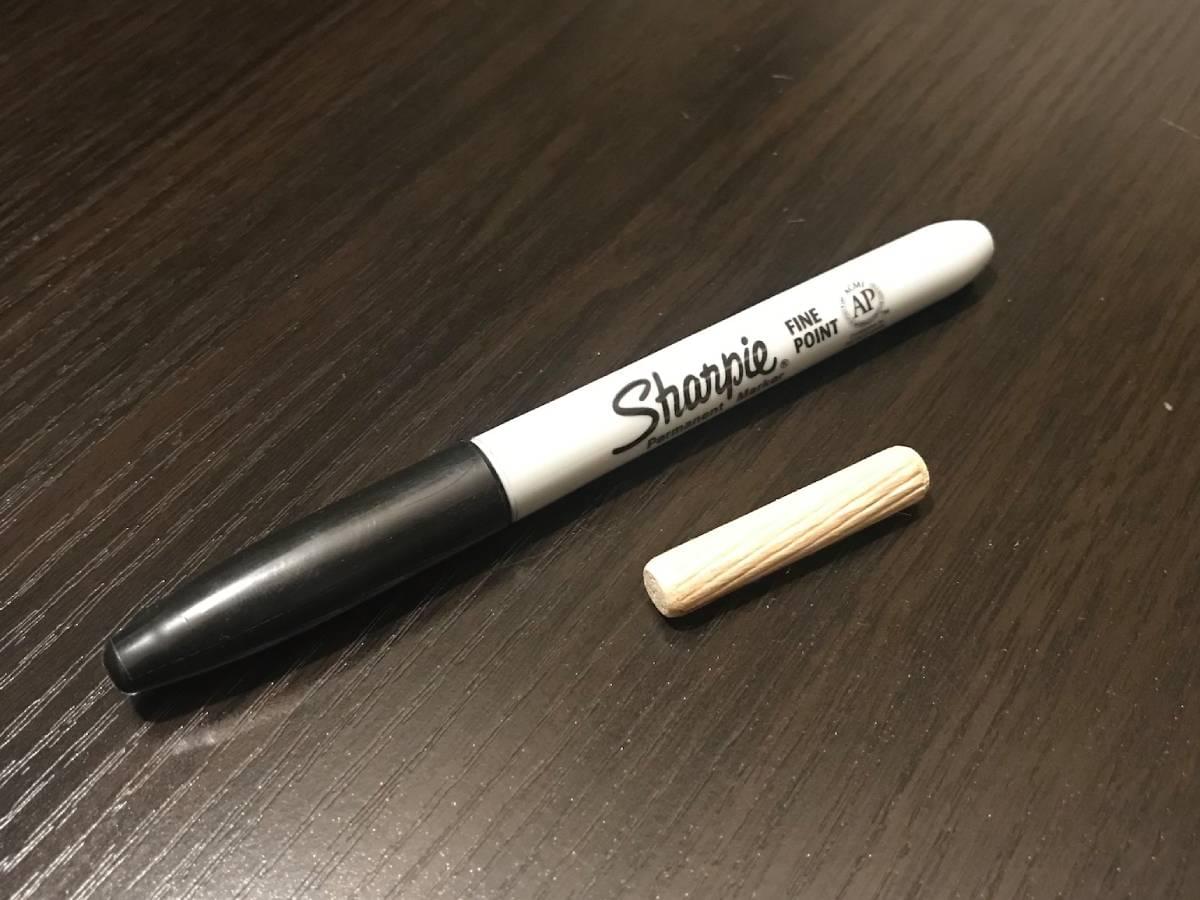
I started with the handle, settling on a medium wooden dowel which was included with some Ikea furniture. Anything around the thickness of a pen would have worked equally well.
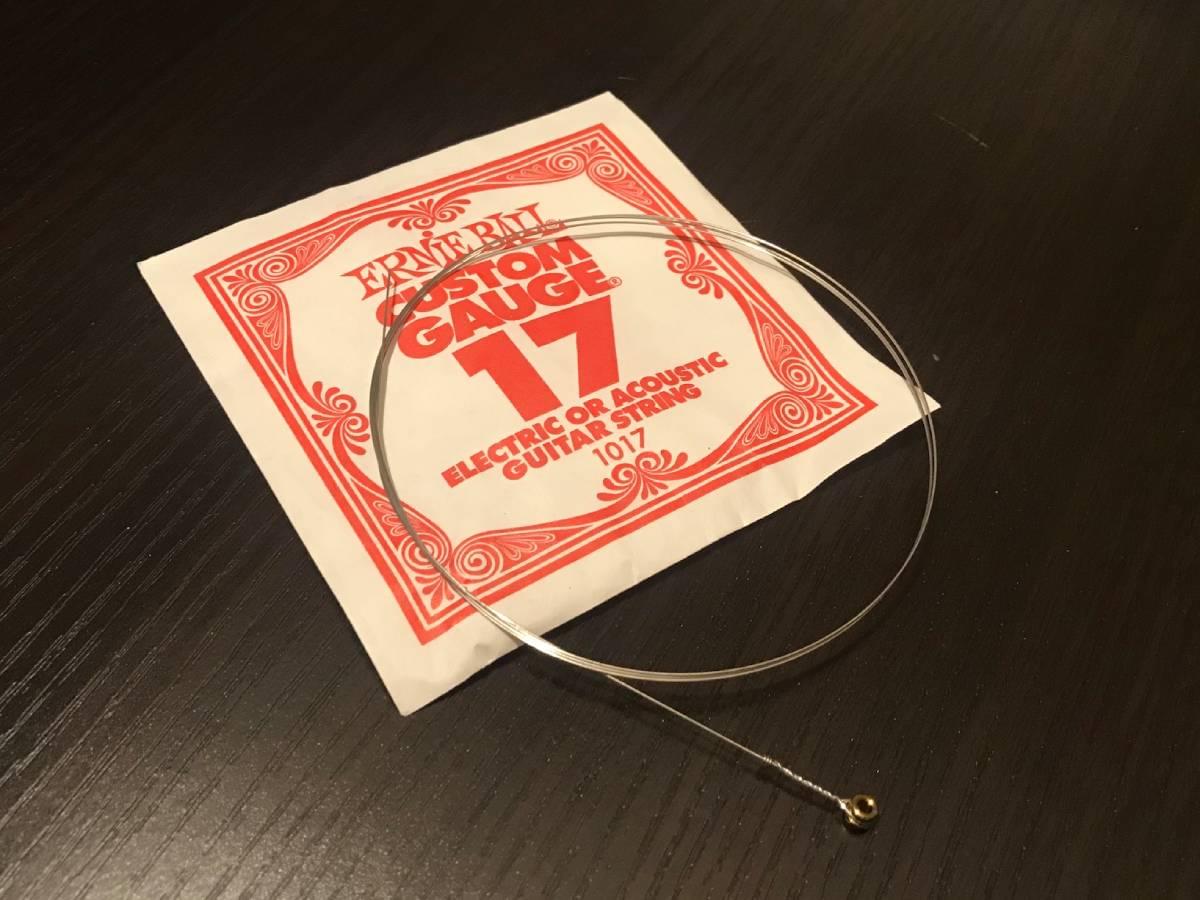
For the wire whisks, I saw a video where someone used 3D printer nozzle cleaners, which are 0.04mm/0.00157in. I didn’t have those, but I did have guitar strings. This “17” string is 0.0017, which is about right.
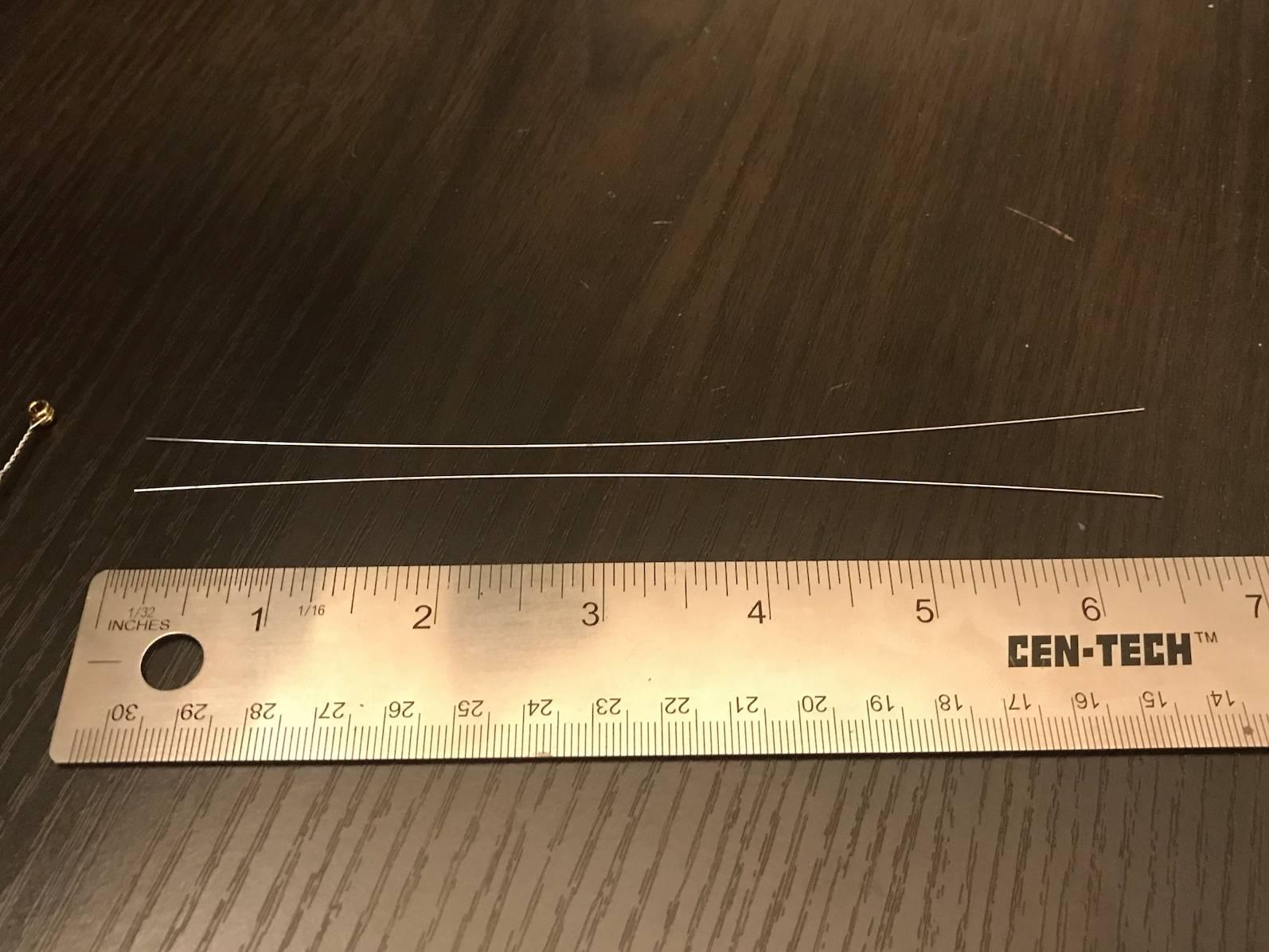
I cut out three 6.5in lengths.
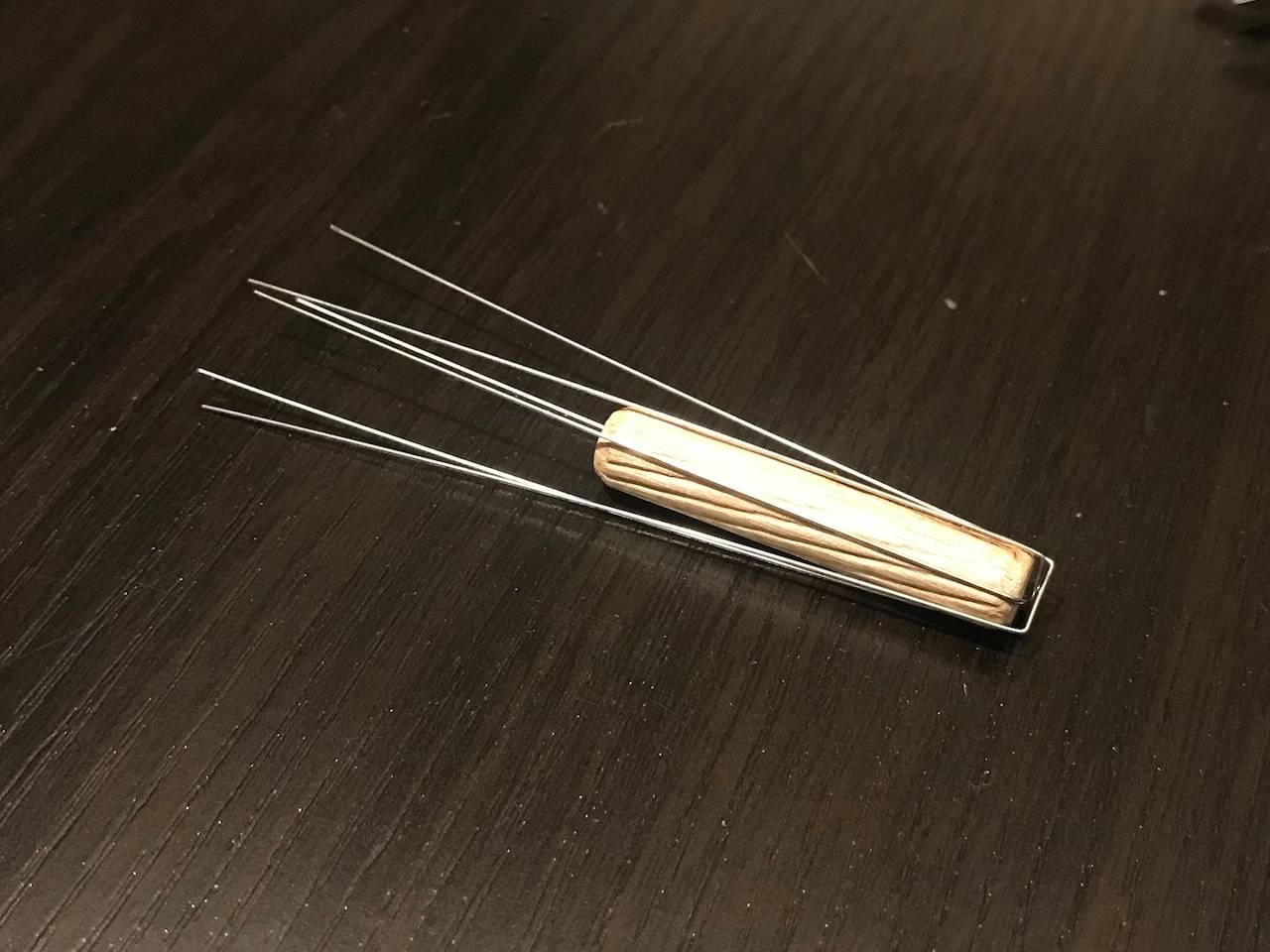
Using pliers, I bet all three wires around the dowel in the shape of a “U”. This yields 1.5in of exposed wire.
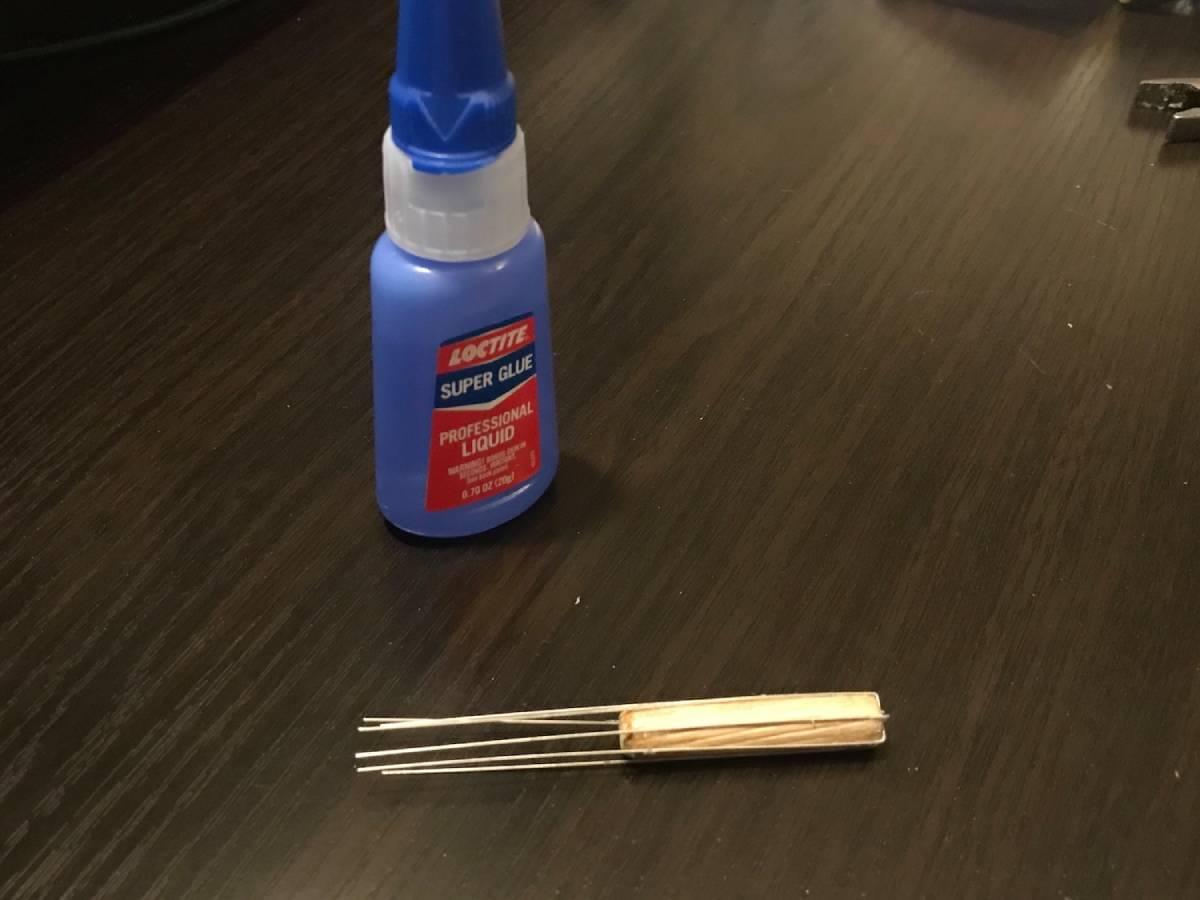
To tame things, I used a small amount of super glue, affixing each wire to the dowel, equally spaced.

Once the glue set, I wrapped the dowel in three layers of heat shrink. This was to not only better hold the wires in place, but to give a larger, more grippy surface for me to work with when using.
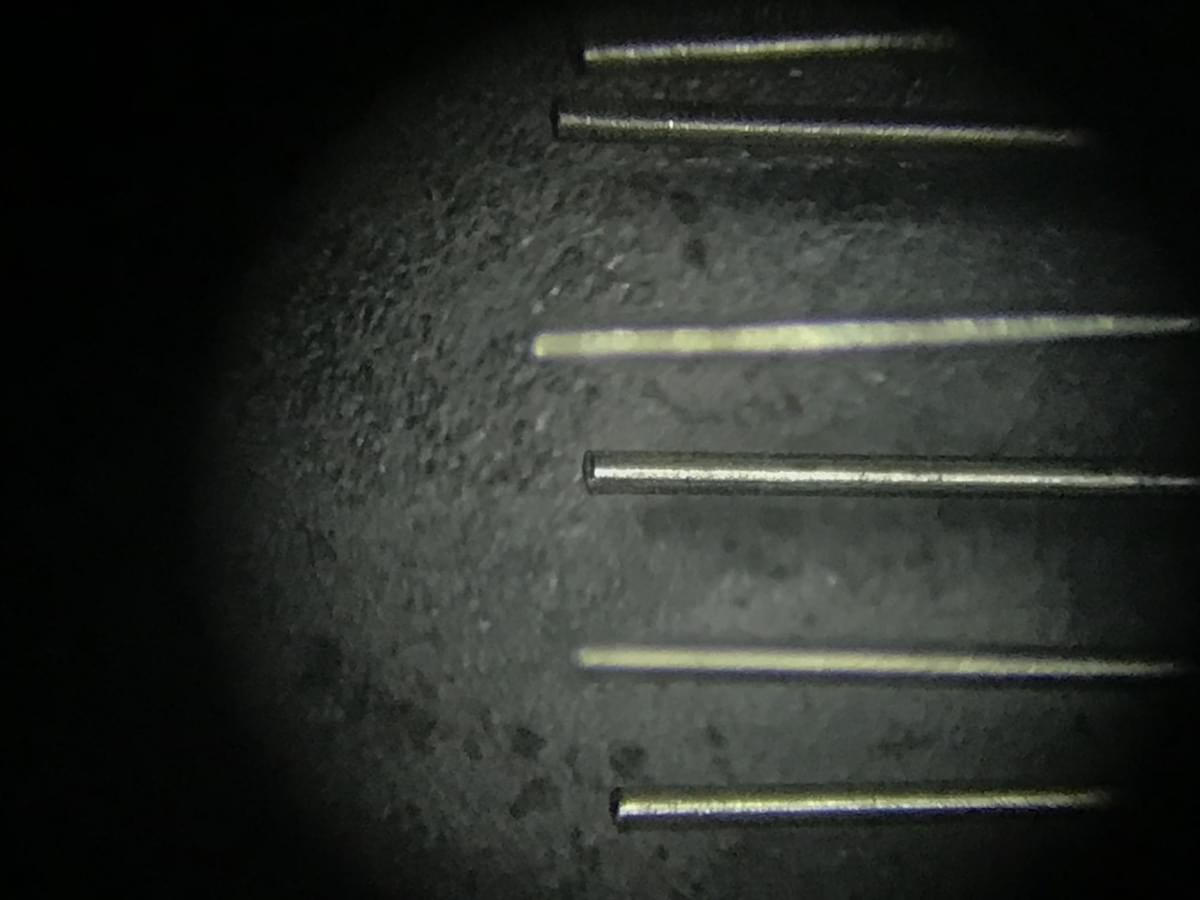
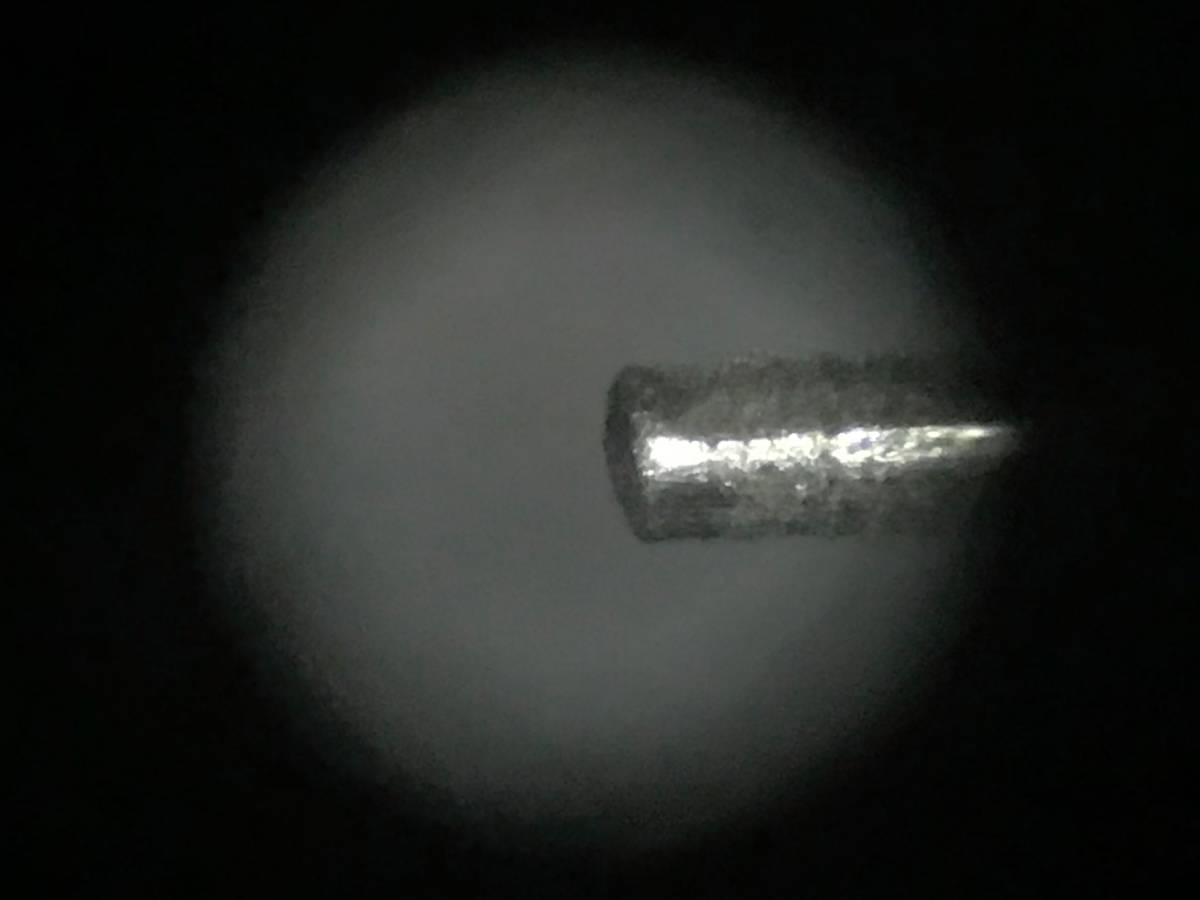
Once all ends were equal in length using the wire cutters, the final task was to blunt/smooth the wire ends. The wire cutters pinch the wire into sharp little edges, which are certain to poke me and to scratch up the filter basket. I took the whole tool and hovered in circles on a sheet of 320 grit sand paper for about a minute. Looking under the microscope shows me that all ends were nicely smoothed over.
Will it make a more consistent espresso press? We will find out. And if it turns out to be a coffee gimmick, I saved myself a few bucks.